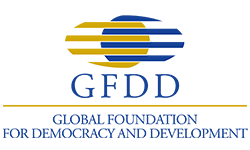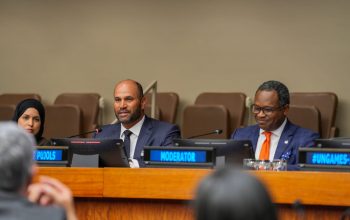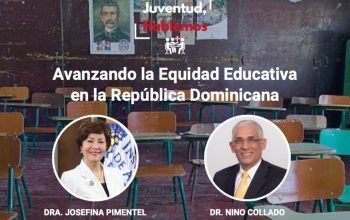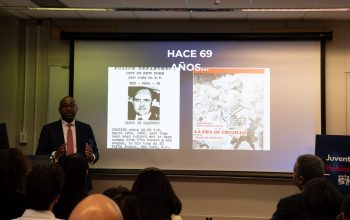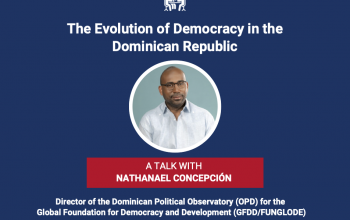news
GFDD and FUNGLODE Publication Points towards the Sustainable Development of Santo Domingo via its Metro Transportation System
January 15, 2013
On January 15, 2013 a report published earlier in 2012 regarding “El Metro and the Impacts of Transportation System Integration in Santo Domingo, Dominican Republic,” was presented by Carl Allen, 2009 GFDD/FUNGLODE Fellow and graduate of the Harvard Kennedy School Master’s Program in Public Policy and Urban Planning.
Carl Allen, who is currently Director of Transportation for Boston Public Schools, believes that one of the
major benefits that the Metro of Santo Domingo provides is a quality of life improvement by enabling people to travel into the center of the city faster and more comfortably.
Allen made this statement at the launch of the book, “El Metro and the Impacts of Transportation System Integration in Santo Domingo, Dominican Republic,” published under the auspices of the Fundación Global Democracia y Desarrollo (FUNGLODE) and its sister organization
in the United States, the Global Foundation for Democracy and Development (GFDD). The book forms part of the organizations publication series Research and Ideas, which aims to promote knowledge sharing and best practices.
GFDD and FUNGLODE Publication Points towards the Sustainable Development of Santo Domingo via its Metro Transportation System
Research reveals, noted Mr. Allen, that this method of mass transit reduces traffic congestion as seen by the fact that, since many people have stopped driving into the city and are using the Metro instead, there has been a significant decline in air pollution and a drop in the number of automobile accidents.
He added that, according to the polls taken among Metro riders, people have said they are saving more than an hour-and-a-half in
round-trip travel time into the city as well as money on gas and other car-related costs.
Allen said the cost benefits of the Metro project are positive considering that the first train line was built with a budget of approximately $700 million US dollars over a period of three years, far lower than what other countries spend on building a metro system of the same size.
The next step, he explained, will be the incorporation of additional feeder bus
routes that can help extend the reach of the Metro. For this to happen, however, it is necessary to establish an integrated fare system in order to facilitate access between the buses and trains. There also needs to be a substantial increase in the number of Metro riders.
Speaking at the event, Diandino Peña, Director of the Office of Reorganization of Public Transport (OPRET in Spanish), said the Metro is the government’s vision of the future as well
as the best way to eradicate poverty.
Mr. Peña added that the Metro Santo Domingo serves as a frame of reference for other countries that seek to undertake train and rail projects because this Metro was built in an original manner.
In her welcome speech at the event, Yamile Eusebio, Director of the GFDD Office in New York, said these types of publications seek to promote comprehension and research of important issues for democratic, social
and economic development.
Former Dominican President and current president of FUNGLODE, Dr. Leonel Fernández, was also present at the launch of “El Metro and the Impacts of Transportation System Integration in Santo Domingo, Dominican Republic.” Other individuals related to the national transportation sector were also in attendance.
